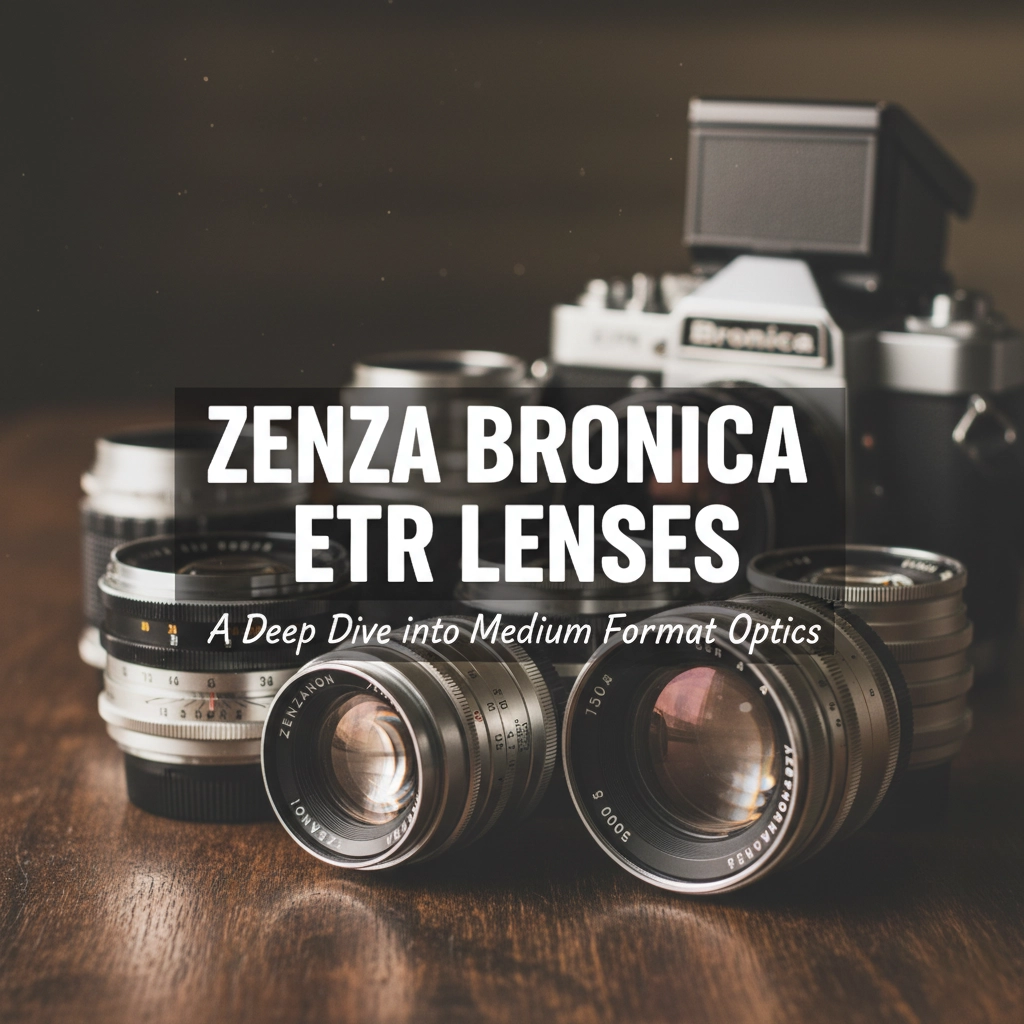
How to Take Creative Long Exposure Photography: 5 Tips to Elevate Your Shots
Why Long Exposure Photography Is So Captivating
Creative long exposure photography lets you break free from the constraints of “instant” photography. By using longer shutter speeds, you can smooth out motion, stretch time, and create surreal images that tell deeper visual stories. Whether you’re photographing waterfalls, city streets, or starry skies, adding a creative twist to your long exposures makes all the difference.
Table of Contents
ToggleUse a Sturdy Tripod for Sharp Results
A rock-solid tripod is the first thing you need. Long exposures demand your camera stay perfectly still—any slight vibration will ruin the shot. Look for a tripod with a hook to hang your camera bag for added weight.

Add ND Filters to Control Light
Neutral Density (ND) filters are a must when shooting long exposures in daylight. They reduce the amount of light entering the lens, allowing you to use slower shutter speeds without overexposing the image. The stronger the ND filter, the longer your exposure can be.

Find Motion to Bring Your Scene to Life
What makes long exposure photos magical is motion. Clouds become streaks, waves turn into mist, and crowds vanish from busy streets. Always look for scenes that combine both movement and stillness.

Take Full Manual Control of Your Camera
Manual Mode is non-negotiable here. You’ll need to balance shutter speed, aperture, and ISO to get the right exposure. Start with a low ISO (100–200), mid-range aperture (f/8–f/16), and experiment with shutter speeds from 5 to 30 seconds.

Use a Remote or Timer to Avoid Camera Shake
Pressing the shutter can cause blur, even with a tripod. Use a remote shutter release or set a 2-second timer. For exposures longer than 30 seconds, switch to Bulb mode and use a locking remote.

Bonus Tip: Paint with Light
Once your shutter is open, you’re free to add creative elements. Use a flashlight to highlight subjects or draw shapes in the air. This works especially well for night photography.

Long Exposure Quick Tips Table
| Tip | Description |
|---|---|
| Use a Tripod | Ensure your camera is stable to avoid any unintended movement or blurring. A sturdy tripod is essential for long exposures. |
| Use a Remote Shutter or Timer | To avoid camera shake, use a remote shutter release or set the timer function on your camera. |
| Use a Low ISO | Keep ISO settings low (ISO 100-200) to reduce noise and maintain image quality in long exposure shots. |
| Use a Small Aperture (High f/Stop) | A small aperture (like f/8 to f/16) helps ensure sharp focus across the scene and allows for longer exposure times. |
| Use ND Filters | Neutral Density (ND) filters help to reduce the amount of light entering the camera, allowing for longer exposures even in bright conditions. |
| Shoot in Manual Mode | Use manual mode to have full control over shutter speed, aperture, and ISO. |
| Focus Before Shooting | Set your focus before taking the shot to avoid refocusing during the exposure, which can cause blurring. |
| Check Histogram | Make sure your exposure is properly balanced by checking the histogram to avoid underexposure or overexposure. |
| Choose the Right Shutter Speed | Depending on the effect you want, adjust the shutter speed. For water blur, 1-5 seconds might work; for light trails, 10 seconds or more may be required. |
| Shoot in RAW | Shooting in RAW gives you more flexibility in post-processing to recover details in shadows and highlights. |
| Be Mindful of Moving Elements | Keep in mind how moving elements (like people, cars, or water) will affect your image. Long exposures can blur motion or create ghosting effects. |
| Consider Lighting Conditions | Long exposure photography often works best in low light conditions (e.g., dawn, dusk, or nighttime) to avoid overexposing bright scenes. |
| Long Exposure Photography Tips with 32 Great Examples | Additional great tips resource |
Final Thoughts: Let Time Be Your Canvas
Creative long exposure photography is part science, part art. It invites experimentation and rewards patience. By combining motion, light, and a few simple tools, you can create extraordinary images that go beyond what the eye can see.
So grab your tripod, twist on an ND filter, and start making time stand still—or speed up—all with a single frame. I’d love to hear how you’re using long exposure in your own photography! Have a favorite technique or location? Drop a comment below and share your experience with the community.
If you’re looking to take your gear to the next level, be sure to check out my shop. And don’t stop here—explore more of our photography blogs for tips on composition, night photography, and creative techniques to keep your inspiration flowing.
Like what you read? Fuel my next post with a coffee – hit that PayPal button and keep the caffeine flowing!
[wpedon id=77]
Stephen Paul Young
I’m Steve (Stephen Paul Young), a landscape, digital and film photographer with a deep love for capturing the beauty of nature, light, and atmosphere. Whether I’m out at dawn chasing the perfect sunrise, exploring woodland trails, or experimenting with black-and-white film, photography is my way of seeing the world. I’m drawn to the small details and the big vistas alike, always looking for that moment where light, texture, and emotion come together. For me, photography isn’t just about taking pictures—it’s about storytelling, connection, and the joy of being present in the landscape.
You May Also Like

Zenza Bronica ETR Lenses
21 August 2024
Unlocking the Enchanting World of 35mm Film Photography
19 March 2023
